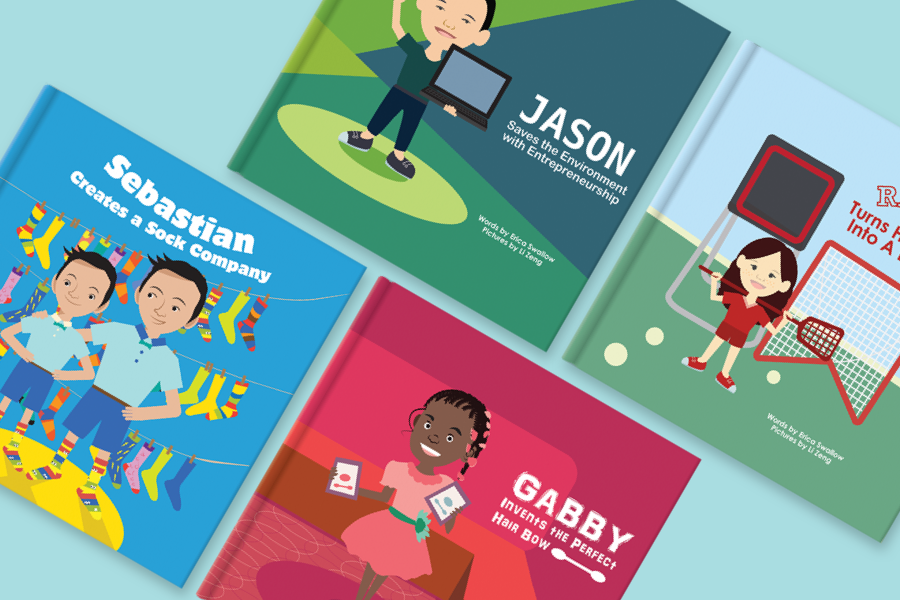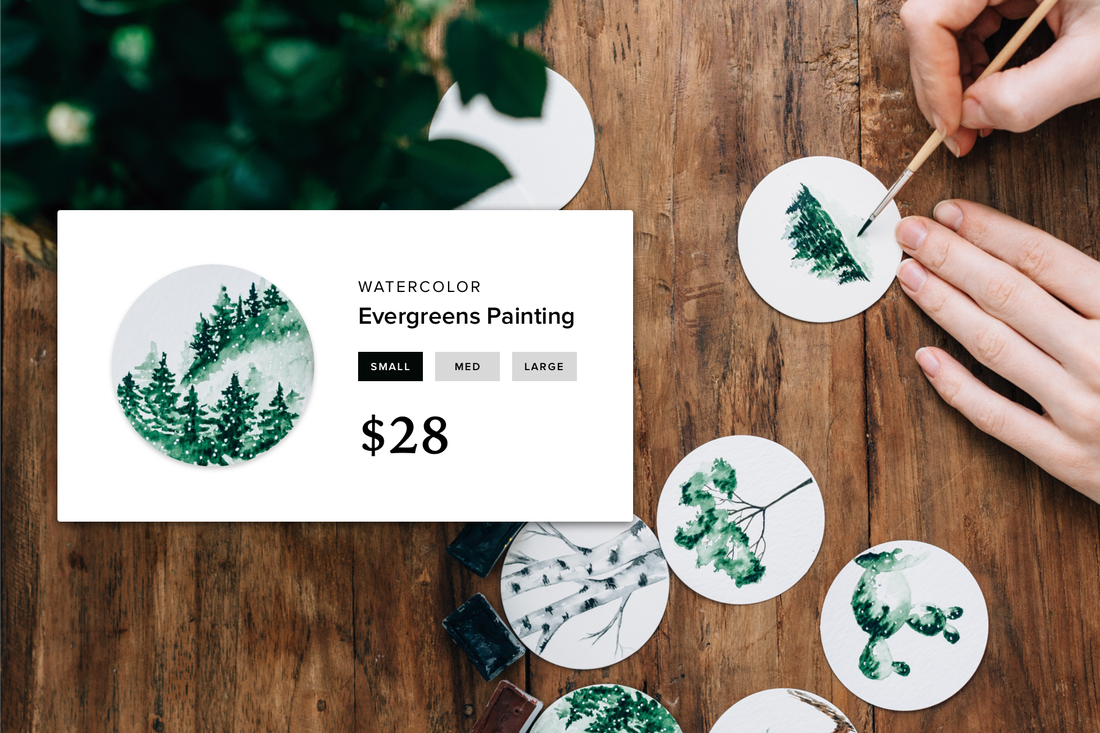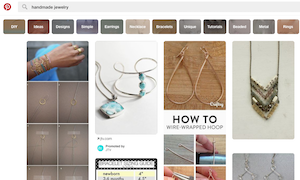Every website, brand and business has a persona. But what is yours? There are steps you can take to create a brand personality that matches your website, product and mission.
The Big Five Personality Traits— sincerity, excitement, competence, sophistication and ruggedness — are keystones of branding that have been used since 1961. Most brand personalities boil down to one of these basics, impacting customer interaction and emotional connections.
Plan for Personality
Start by uncovering the personality of your business. Think about how you describe your business to other people. What words come to mind? Build a plan around those key words or phrases that help develop the emotional associations of the brand.
Your business will probably fall into one of two personality groups — traditional and established or modern and high energy. Traditional and established brands tend to have a more formal personality and use strong colors, typefaces and symmetry to communicate a message. Modern and high-energy brands tend to use brighter colors, trendy design techniques and have a light tone.
Create a Voice
Plan for Personality
Start by uncovering the personality of your business. Think about how you describe your business to other people. What words come to mind? Build a plan around those key words or phrases that help develop the emotional associations of the brand.
Your business will probably fall into one of two personality groups — traditional and established or modern and high energy. Traditional and established brands tend to have a more formal personality and use strong colors, typefaces and symmetry to communicate a message. Modern and high-energy brands tend to use brighter colors, trendy design techniques and have a light tone.
Create a Voice
Those same words that you used to determine your brand personality will also help to create your voice. A brand voice is the way you speak to your customers. It should be consistent across marketing communications, design and even the way brand your representatives will handle complaints.
Make a list of key words and use them strategically in communications. These unique phrases might be from your mission statement or strategic plan and should be used in external communications, such as marketing material, your website, social media profiles and advertising. Your website may include a blog where this voice can easily come to life and speak directly to customers.
Give your business a persona. Is it male or female, young or old, light or serious? Develop guidelines to create consistency in expressing the benefits of your business.
Chose a Set of Identifiers
Part of identity and personality comes in the design process. Your company logo and website are the two biggest identifiers for most customers. Color, typography, images and other design elements impact brand personality.
A few common design associations include:
Create a Style Guide
Once you decide what your brand personality looks like, write it down and create a scrapbook of images that link to that personality. Create a brand style guide that details everything about your business including voice, images, color palette, typography options, copy and tone guidelines, and usage standards.
Every business has a personality. And it’s surprisingly easy to understand yours. Be consistent and make your brand instantly identifiable. Your unique personality is what makes your business stand out.
Photo credit: Jay Mantri/Creative Commons and SplitShire
Make a list of key words and use them strategically in communications. These unique phrases might be from your mission statement or strategic plan and should be used in external communications, such as marketing material, your website, social media profiles and advertising. Your website may include a blog where this voice can easily come to life and speak directly to customers.
Give your business a persona. Is it male or female, young or old, light or serious? Develop guidelines to create consistency in expressing the benefits of your business.
Chose a Set of Identifiers
Part of identity and personality comes in the design process. Your company logo and website are the two biggest identifiers for most customers. Color, typography, images and other design elements impact brand personality.
A few common design associations include:
- Color – Warm colors are happy and stimulating; cool colors are more relaxed and calm
- Typography – Serif typefaces are formal and mature; sans serifs (which are used on most websites) are more agreeable and modern
- Images – Customers connect strongly with photos that include faces; landscapes leave more room for user interpretation
- Shape – Hard edges are more formal; round elements are casual
- Space – Open space seems inviting; tightly arranged elements are chaotic
Create a Style Guide
Once you decide what your brand personality looks like, write it down and create a scrapbook of images that link to that personality. Create a brand style guide that details everything about your business including voice, images, color palette, typography options, copy and tone guidelines, and usage standards.
Every business has a personality. And it’s surprisingly easy to understand yours. Be consistent and make your brand instantly identifiable. Your unique personality is what makes your business stand out.
Photo credit: Jay Mantri/Creative Commons and SplitShire
 Carrie Cousins Carrie is a designer, writer and content marketer. She works full time in college media at EMCVT and has more than 10 years of media and marketing experience.
Carrie Cousins Carrie is a designer, writer and content marketer. She works full time in college media at EMCVT and has more than 10 years of media and marketing experience.






